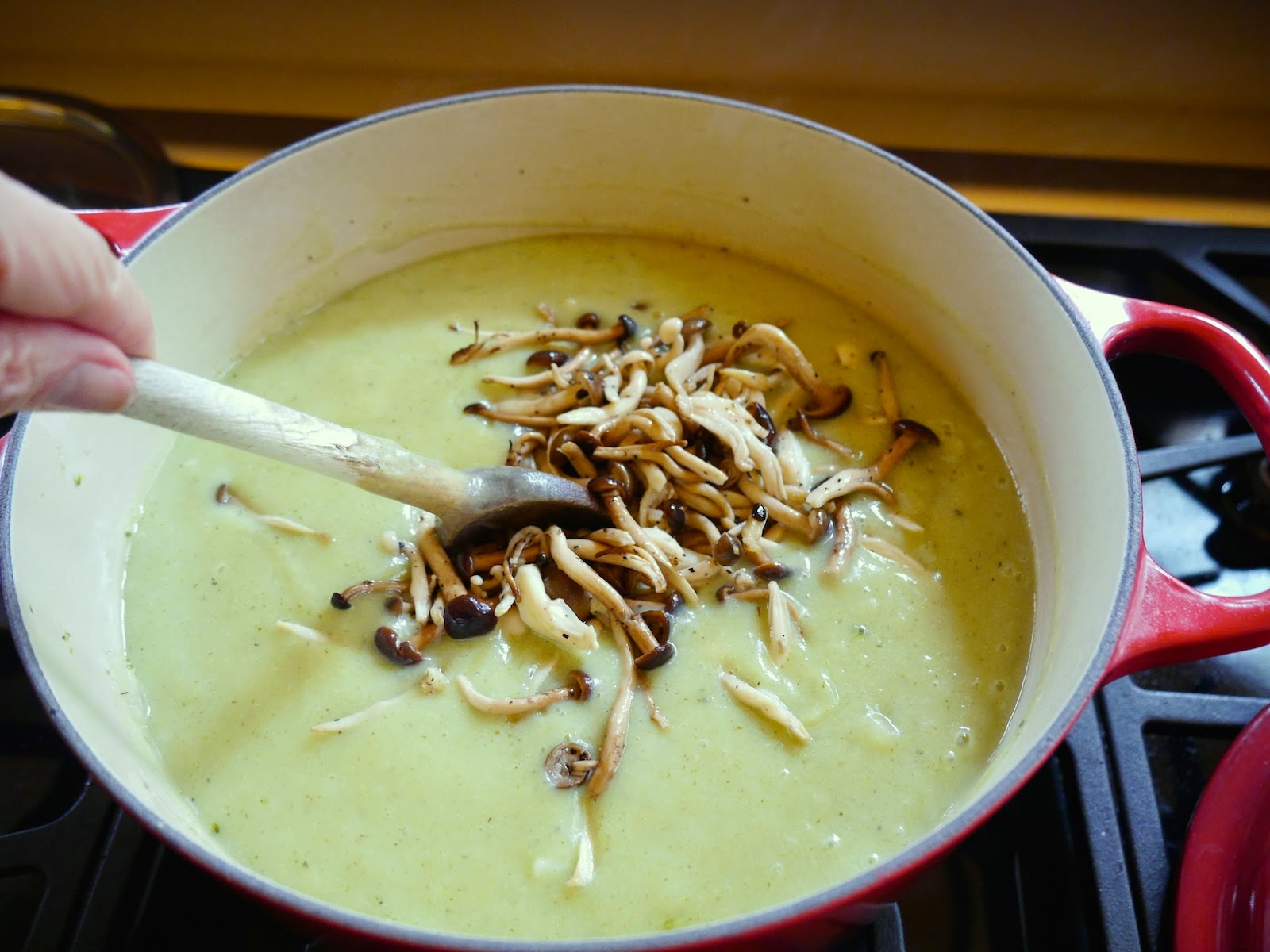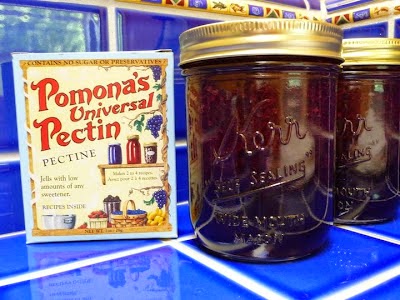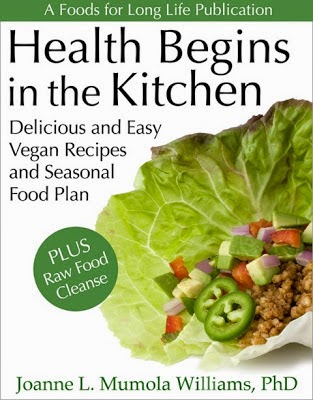 |
| EWG helps us out once again! Follow Foods For Long Life on Facebook and Pinterest. |
Food Additives
I was surprised to read that there are more than 10,000 additives allowed in food and their packaging. Is there any wonder why people are getting sicker and sicker? Luckily EWG, the same wonderful organization that helps us avoid the most pesticide-laden fruits and vegetables in their annually published Dirty Dozen and Clean Fifteen, has published the Dirty Dozen Guide to Food Additives. Here's a quick summary of the most dangerous additives. Unfortunately most of them have been rated by the FDA as "Generally Recognized As Safe" so they continued to be used in our foods but we can, of course, make the decision ourselves to avoid them.
#1 - Nitrates and Nitrites
These chemicals are commonly found in bacon, salami, sausages and hot dogs and is used to color and preserve the food. Unfortunately they can turn into cancer-causing nitrosamines in the gut and have been linked to stomach cancer and possibly other cancers such as esophageal, brain, and thyroid cancers.
Look for nitrites and nitrates on food labels and avoid them.
#2 - Potassium Bromate
Used to help dough rise during baking, this chemical is listed as a know carcinogen by the state of California and is prohibited from use in the UK, European Union and Canada.
Look for potassium bromate on food labels for bread and cracker products and avoid it.
#3 - Propyl Paraben
This hormone-disrupting chemical is used as a preservative in tortillas, muffins and food dyes. One Federal study showed that 91% of Americans showed detectable levels in their urine. Propyl paraben has been linked to the acceleration of growth of breast cancer cells and impaired fertility in women and decreased sperm counts in rats.
Check your product labels for propyl paraben and avoid it.
 |
| Propyl paraben, used as a preservative in some tortillas |
#4 - BHA (Butylated Hydroxyanisole)
The National Toxicology Program classifies BHA as "reasonably anticipated to be a human carcinogen" as do other agencies. The European Union has BHA under the classification of an endocrine disrupter. Yet it is found is chips, chewing gum, cereals, and preserved meats and added to fats and fatty foods. It is also used as a preservative in flavoring.
Check your product labels for BHA and avoid it.
#5 - BHT (Butylated Hydroxytoluene)
Chemically similar to BHA, it is added to food as a preservative. It is often used together with BHA. It has been found to cause lung and liver tumors in rats and may also be an endocrine disruptor.
Avoid products with BHT, especially when used together with BHA.
#6 - Propyl Gallate
Used as a preservative in sausage and other products that contain edible fats. It is also found in soup mixes, mayonnaise, chewing gum, frozen meals, and microwave popcorn. A National Toxicology Program study linked tumors in rats with propyl gallate. It may also be an endocrine disruptor.
EWG recommends being cautious and consider avoiding propyl gallate.
#7 Theobromine
An alkaloid found in chocolate commonly added to bread, cereal and sport drinks. Reproductive and developmental effects have been seen in animals exposed to theobromine. This ingredient is in food because of the loophole in the FDA's voluntary "Generally Recognized As Safe" program because the food additive industry can designate something as GRAS without even notifying the FDA or sharing their safety data with them.
EWG recommends urging the FDA to reform their GRAS approval process so that companies cannot secretly approve food additives as GRAS.
#8 Secret Flavor Ingredients
How often do you see the words "natural or artificial flavors" on a label and have no idea what that means. And for people with chemical sensitivities and allergies, this can spell trouble. EWG points out that flavoring mixtures can contain over 100 different substances that are combined with additional non-flavor chemicals. Bottom line is that you have no idea what you are consuming when you eat foods that have "natural" and "artificial" flavors.
To avoid this, select fresh, not processes and packaged foods.
Urge companies to disclose the ingredients on their labels.
#7 Theobromine
An alkaloid found in chocolate commonly added to bread, cereal and sport drinks. Reproductive and developmental effects have been seen in animals exposed to theobromine. This ingredient is in food because of the loophole in the FDA's voluntary "Generally Recognized As Safe" program because the food additive industry can designate something as GRAS without even notifying the FDA or sharing their safety data with them.
EWG recommends urging the FDA to reform their GRAS approval process so that companies cannot secretly approve food additives as GRAS.
#8 Secret Flavor Ingredients
How often do you see the words "natural or artificial flavors" on a label and have no idea what that means. And for people with chemical sensitivities and allergies, this can spell trouble. EWG points out that flavoring mixtures can contain over 100 different substances that are combined with additional non-flavor chemicals. Bottom line is that you have no idea what you are consuming when you eat foods that have "natural" and "artificial" flavors.
To avoid this, select fresh, not processes and packaged foods.
Urge companies to disclose the ingredients on their labels.
#9 Artificial Colors and Contaminants
FD&C and other synthetic colors have zero nutritional value and questionable safety. Some artificial colorings contain dangerous contaminants.
Caramel colors III and IV, used to give some sodas their dark color, may be contaminated with 4-methylimidazole (4-MEI) that has been linked with liver, lung, leukemia, and thyroid cancer in laboratory animals. Caramel III is also used in soy sauce, gravies, beer, and other foods to give them a dark color. Caramel IV is sometimes used to enhance the flavor and color of dark breads.
Some studies connect the use of FD&C food coloring with hyperactivity in children.
Stay away from foods that contain FD&C-certified colors or that are labeled, "artificial color". Stick to fresh foods and avoid processed foods that are artificially colored.
#10 Diacetyl
You may never see the word "diacetyl" on a label as it could be hidden in the word "flavor" but this dangerous food additive can cause a severe and irreversible respiratory condition called "bronchiolitis obliterans". Found in butter flavoring in microwave popcorn, this issue was discovered when former workers at a microwave popcorn plant had a very high incident of this severe respiratory condition, many of whom required lung transplants.
Diacetyl is also used to flavor yogurt and cheese. It's found in "brown flavorings" in butterscotch and maple products, and in strawberry and raspberry fruit flavorings.
Avoid foods that have a non-specific ingredient "flavor" on the label.
#11 Phosphate-Based Food Additives (Watch List)
Scientists are still studying the effects of phosphate additives to food so EWG has them on the "watch list".
Phosphates are often added to highly processed foods but are also found in bread, breakfast cereals, and many other foods. Those with chronic kidney disease who have high phosphate levels in their body may suffer a higher incidence of heart disease and death.
Even those without kidney disease may have a higher incidence of heart disease according to several studies.
As with everything else, you are also safer by eating fewer processed and fast foods. Be especially aware of phosphate-based food additives if you have kidney disease.
#12 Aluminum Additives (Watch List)
Although this is just on their watch list, I try to stay away from aluminum as much as possible. Aluminum has been linked to Alzheimer's disease and other neurodegenerative disorders.
I always use aluminum-free baking powder to be safe but when you buy baked goods or self-rising flour, you can't be sure what kind of baking powder was used.
The List
So here's the consolidated list of Food Additives to watch out for and avoid if possible.
Print it out and take it to the market when you shop. You'll be surprised how many foods contain them.
Check out Environmental Working Groups Dirty Dozen Guide to Food Additives in its entirety.
FD&C and other synthetic colors have zero nutritional value and questionable safety. Some artificial colorings contain dangerous contaminants.
Caramel colors III and IV, used to give some sodas their dark color, may be contaminated with 4-methylimidazole (4-MEI) that has been linked with liver, lung, leukemia, and thyroid cancer in laboratory animals. Caramel III is also used in soy sauce, gravies, beer, and other foods to give them a dark color. Caramel IV is sometimes used to enhance the flavor and color of dark breads.
Some studies connect the use of FD&C food coloring with hyperactivity in children.
Stay away from foods that contain FD&C-certified colors or that are labeled, "artificial color". Stick to fresh foods and avoid processed foods that are artificially colored.
#10 Diacetyl
You may never see the word "diacetyl" on a label as it could be hidden in the word "flavor" but this dangerous food additive can cause a severe and irreversible respiratory condition called "bronchiolitis obliterans". Found in butter flavoring in microwave popcorn, this issue was discovered when former workers at a microwave popcorn plant had a very high incident of this severe respiratory condition, many of whom required lung transplants.
Diacetyl is also used to flavor yogurt and cheese. It's found in "brown flavorings" in butterscotch and maple products, and in strawberry and raspberry fruit flavorings.
Avoid foods that have a non-specific ingredient "flavor" on the label.
#11 Phosphate-Based Food Additives (Watch List)
Scientists are still studying the effects of phosphate additives to food so EWG has them on the "watch list".
Phosphates are often added to highly processed foods but are also found in bread, breakfast cereals, and many other foods. Those with chronic kidney disease who have high phosphate levels in their body may suffer a higher incidence of heart disease and death.
Even those without kidney disease may have a higher incidence of heart disease according to several studies.
As with everything else, you are also safer by eating fewer processed and fast foods. Be especially aware of phosphate-based food additives if you have kidney disease.
#12 Aluminum Additives (Watch List)
Although this is just on their watch list, I try to stay away from aluminum as much as possible. Aluminum has been linked to Alzheimer's disease and other neurodegenerative disorders.
I always use aluminum-free baking powder to be safe but when you buy baked goods or self-rising flour, you can't be sure what kind of baking powder was used.
 |
| Look for aluminum-free baking powder. |
So here's the consolidated list of Food Additives to watch out for and avoid if possible.
Print it out and take it to the market when you shop. You'll be surprised how many foods contain them.
- Nitrites and nitrates
- Potassium bromate
- Propyl paraben
- BHA
- BHT
- Propyl galate
- Theobromine
- Secret flavor ingredients
- Artificial colors
- Diacetyl
- Phosphate-based food additives
- Aluminum-based additives
Check out Environmental Working Groups Dirty Dozen Guide to Food Additives in its entirety.


















































